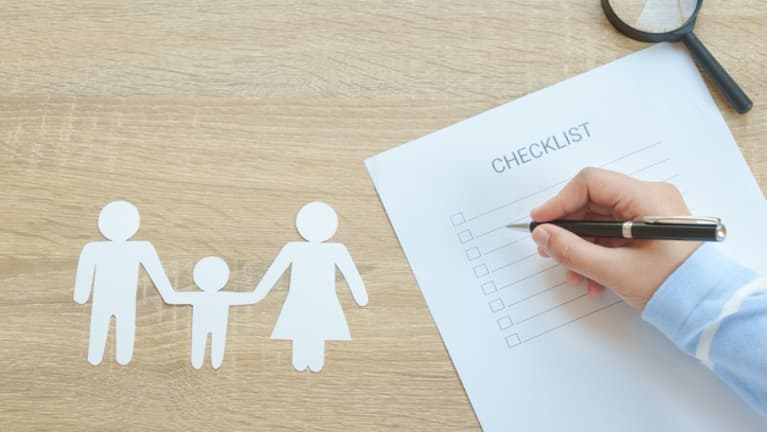How & Why Human Resource People Can & Should End Ageism

Article originally published on SHRM.com on May 27, 2021. Written by Lawrence R. Samuel, Ph. D.
It is hardly news to report that the American workplace is not friendly towards older people. For as long as it has existed, in fact, our corporate culture has been less than welcoming towards people of a certain age. Even in today’s litigious climate, where many lawyers are happy to take a case in which a company appears to have illegally discriminated against a person based on a physical attribute, blatant (although hardly ever mentioned or acknowledged) ageism is present in many, if not most, corporations. (Winning an age-based case is difficult for a variety of reasons.) It’s important to note that while Big Business is moving slow to end ageism in the workplace, if it is moving at all, small businesses, which fuel much economic growth in the United States, are more willing to employ older, experienced people, at least in leadership positions.
“The unfortunate truth is that discrimination against older people in the American workplace is commonplace (and illegal) a product of our deeply embedded cultural aversion to people considered past their prime.”
Unless he or she has an inside track, the odds of a baby boomer landing a managerial position as a new employee are long. Job applicants with college degrees from the 1970s and 1980s are typically eliminated from consideration promptly (often by a bot) even though they may be otherwise ideally qualified for a management position. If anything, one would expect people of different ages to be eagerly welcomed into organizations as a fair reflection of the population distribution of our society (over half of American adults are 45 years old or older) but this is simply not the case. It’s safe to say that far fewer than half of the new managerial hires at larger companies are people 45 years old or older despite the obvious tipping of our demographic scales.
The unfortunate truth is that discrimination against older people in the American workplace is commonplace (and illegal) a product of our deeply embedded cultural aversion to people considered past their prime. Pervasive myths about older people have much to do with ageism in the workplace. Those in their third act of life are likely to be physically debilitated in some way, many think, or perhaps in cognitive decline. Having already lived “the best years of their lives,” such folks are believed to be focused on the past and generally unhappy people. They are, additionally, deemed not curious and Luddites who are resistant to learning new things, especially in the digital world.
“Creating a diverse workforce that includes multiple generations at all organizational levels offers our best chance to grant Americans equal rights and full citizenship regardless of age.”

Despite much evidence to the contrary, such untrue stereotypes are difficult to put behind us. The result of this kind of thinking has serious consequences, however, and runs against the grain of our democratic ideals. Ageism in the workplace is a shameful thing and not much different than the practices of previous generations of managers who would not hire qualified candidates if they happened to be African American or female. The conscious and purposeful decision among human resource (HR) and Diversity, Equity and Inclusion (DEI) people to define diversity in terms of skin color and gender but not by how many years a person has lived is bad not just for older people but for companies themselves. Older people often bring a valuable set of skills to any organization if only because they have more life experience. Indeed, many studies have shown that a diverse workforce performs better than one that isn’t, correlating inclusivity with profitability.
Such data-based research, however, is typically ignored by those with hiring and firing power. Although most HR managers know better, some are not shy about telling certain job candidates that, in so many words, they’re too old to be hired. An experienced worker might, in an interview, hear that the company is looking for “younger minds,” while another may think it odd that the hiring manager is curious to know if that candidate’s kids are in college. (One person informed me that in an interview she was told flat out that she was a “dinosaur.”) Executive coaches and the like offer all kinds of tips for older job seekers to try to skirt ageism when interviewing for a job (i.e., focusing on “energy” versus experience and dressing for success), but that is missing the larger point: age should not be considered and used as a determining factor in qualifying for any job.
As the gatekeepers to organizations, human resource people wield tremendous economic clout and, whether they know it or not, hold the key to creating a more just and inclusive society. After all, it is they who, in concert with top management, determine who will and won’t hold jobs that not only offer significant financial rewards but meaning and purpose in life. It is these same folks, most of whom are no doubt good, fair people outside the walls of Corporate America, who can make the most impact in ending ageism in society as a whole. (Studies have shown that integrating older adults into organizations lessens discrimination against them in all other arenas of everyday life.) Creating a diverse workforce that includes multiple generations at all organizational levels offers our best chance to grant Americans equal rights and full citizenship regardless of age, something I think we can all agree would be a good thing. HR and DEI people have the greatest opportunity and responsibility to make this a reality, and they should do the right thing by seizing it now.
Originally published on the Psychology Today blog.